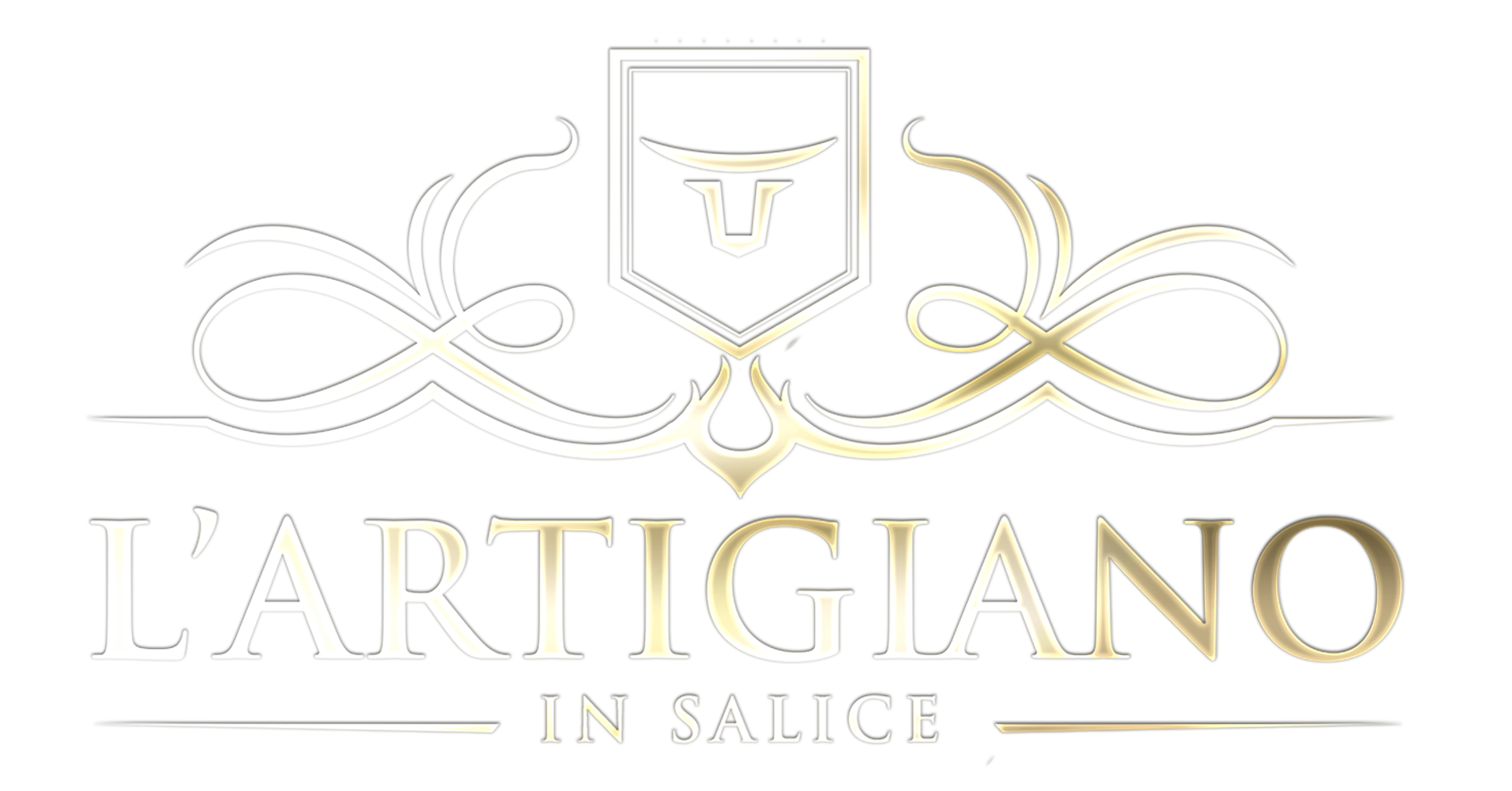Meat selection
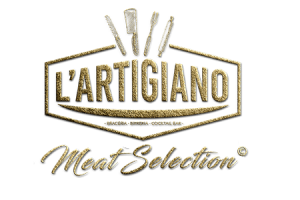
Meat Selection © is our exclusive and sought-after selection of domestic and international meats to a portion of which we give a meticulous maturation that can range from 30 days to over 200 days depending on genetic characteristics.
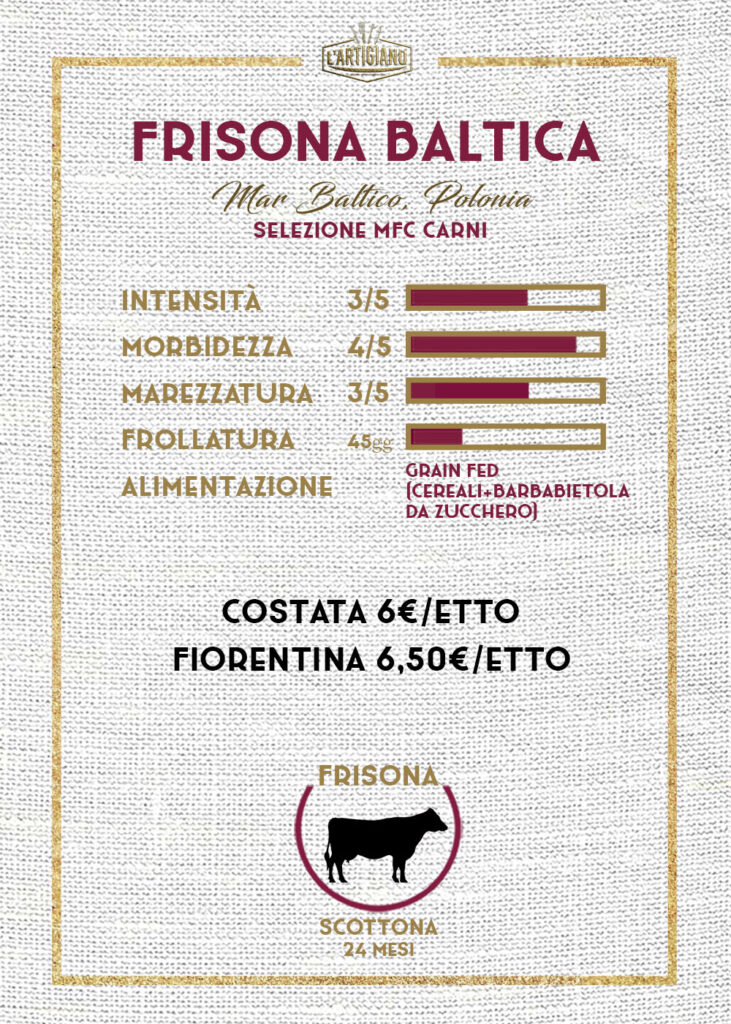

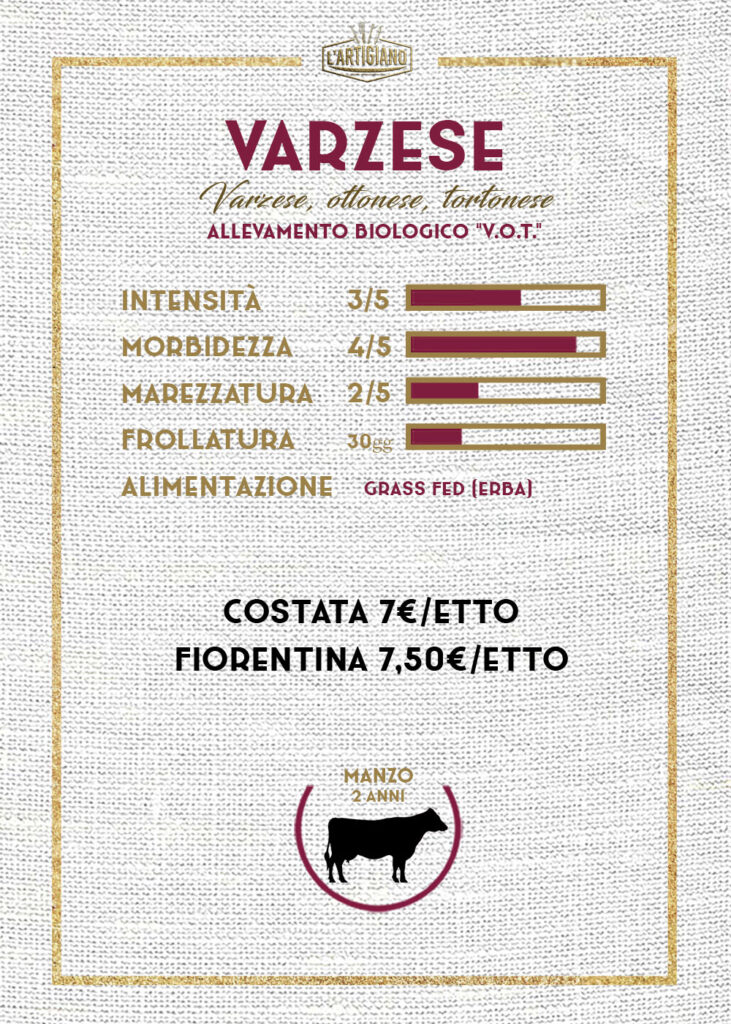

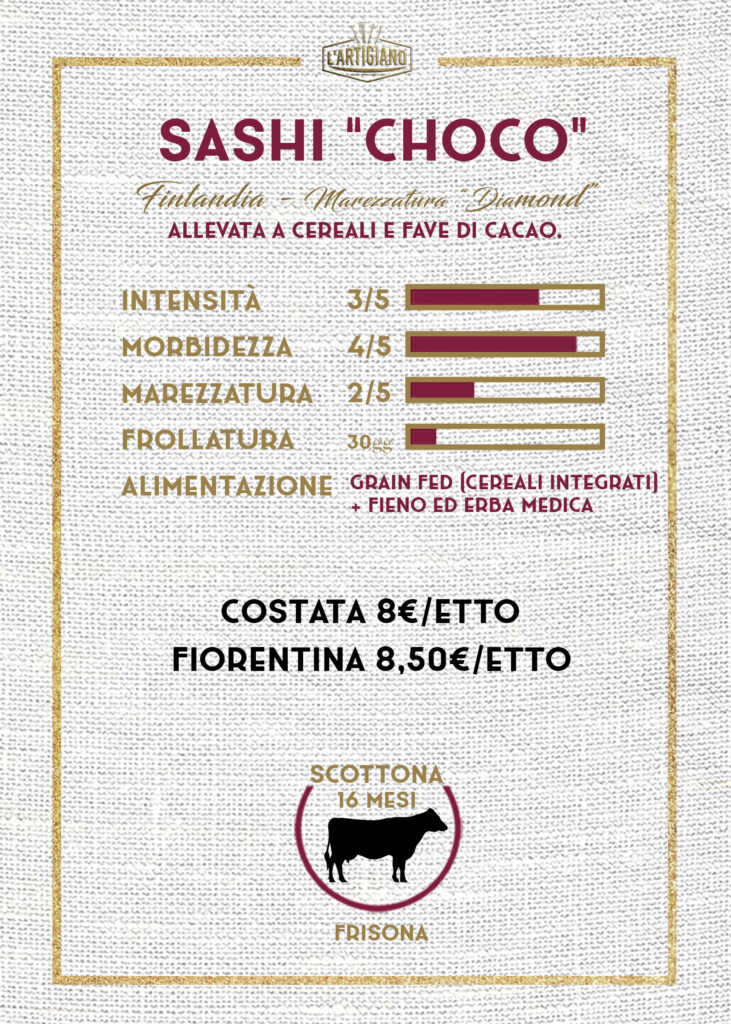

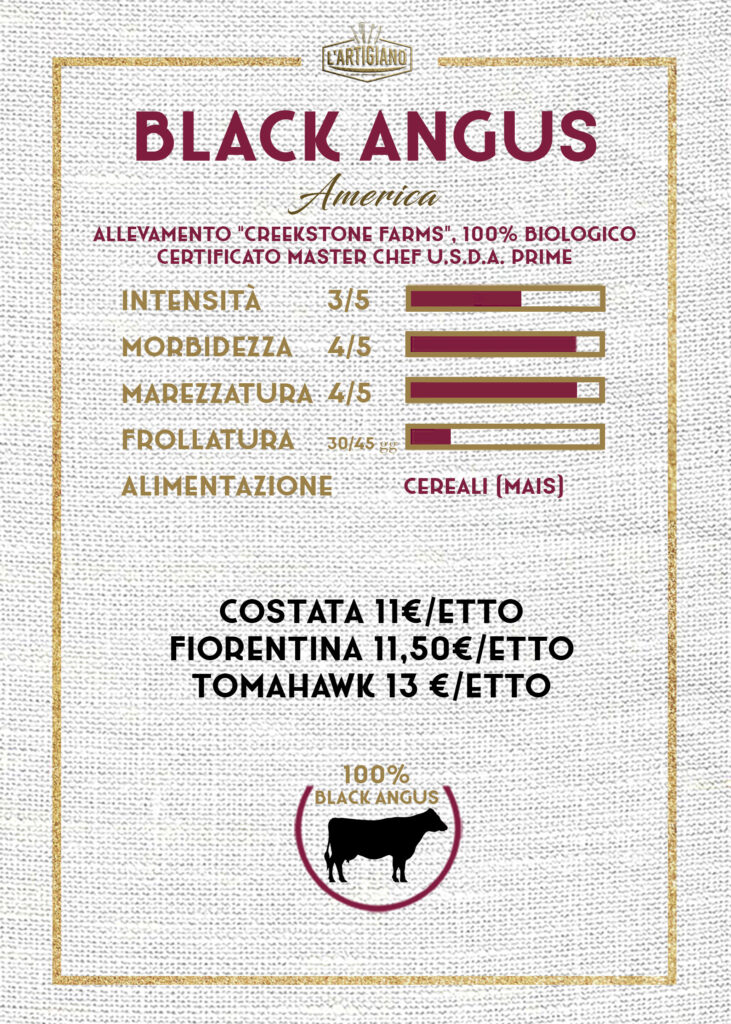






SELECTION OF WAGYU
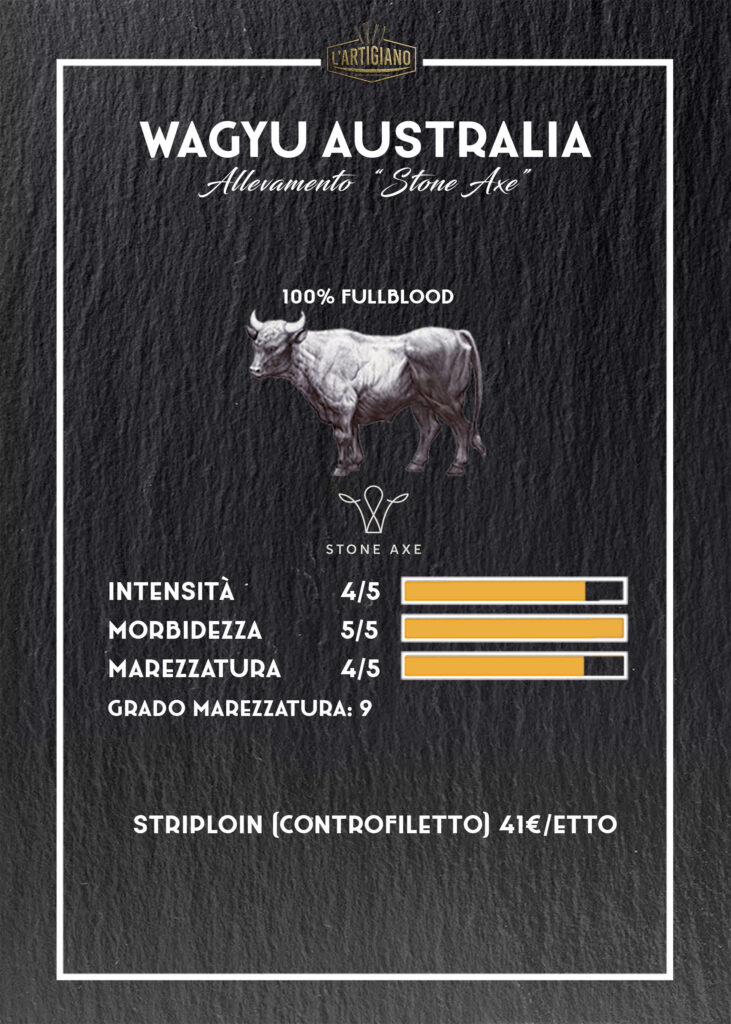
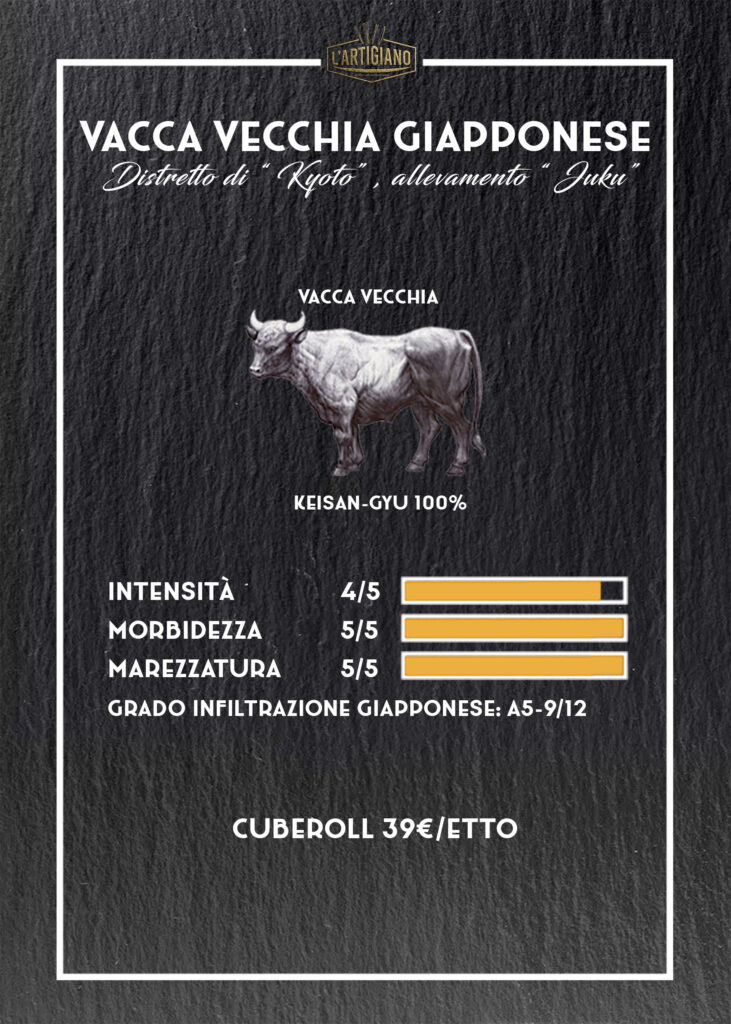

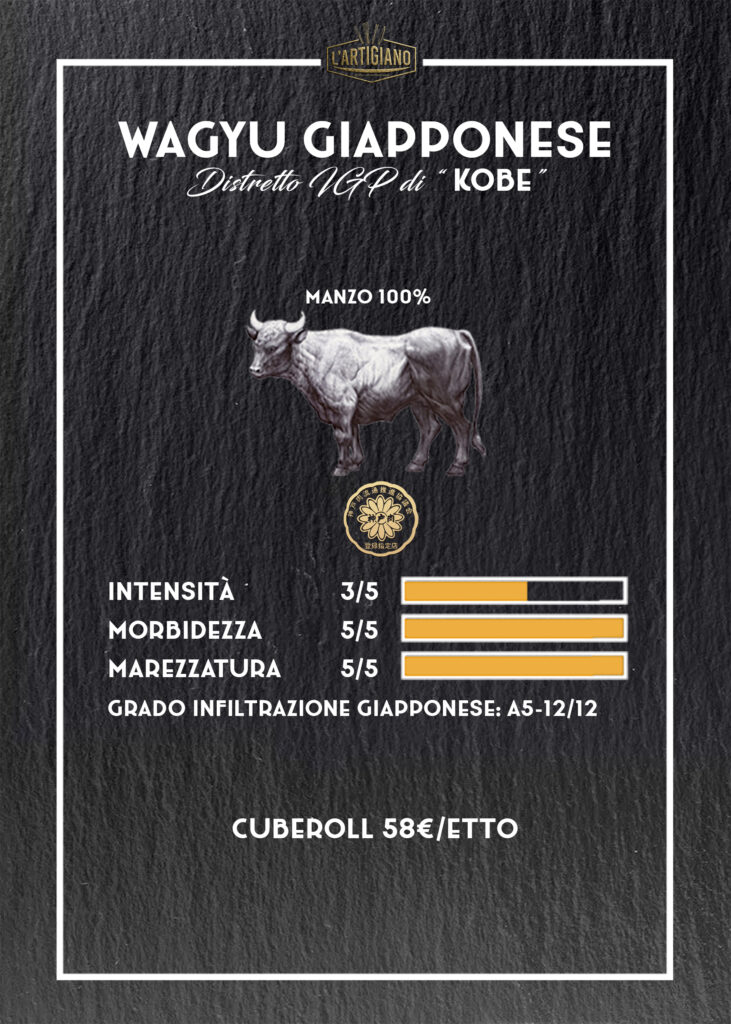
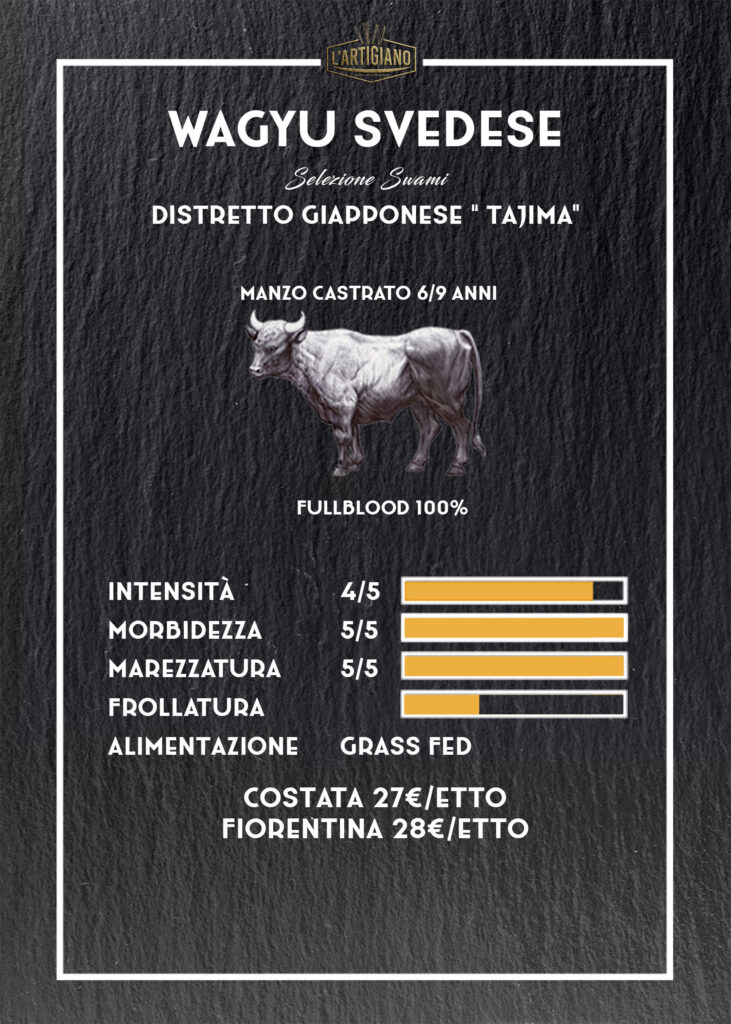
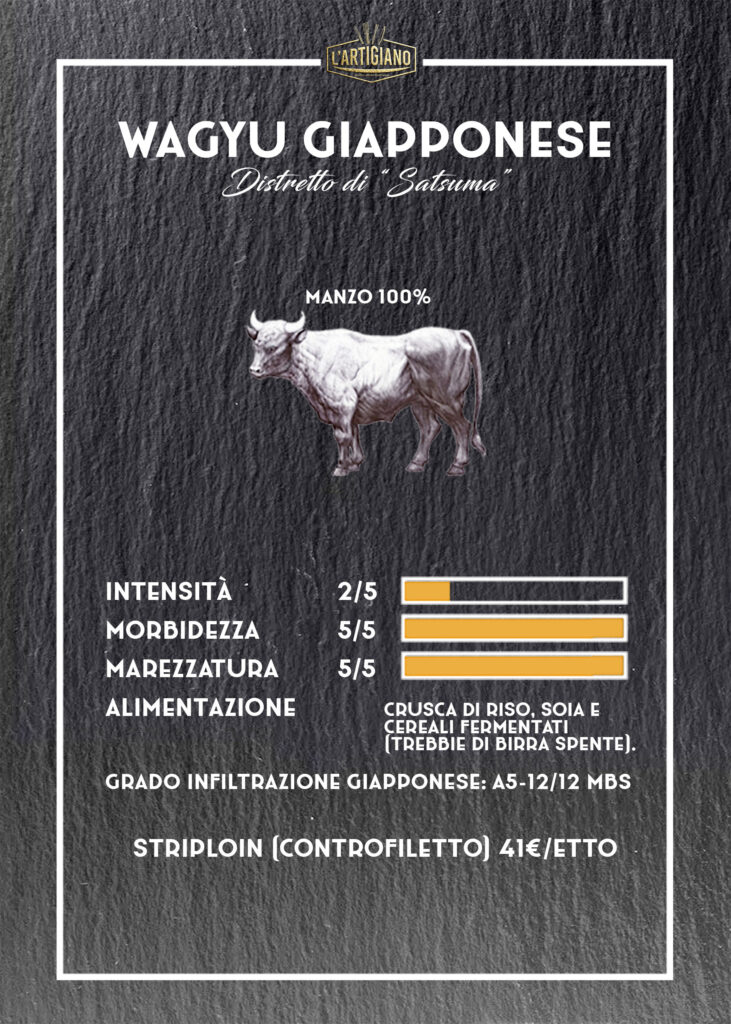
Maturation refers to an operation whereby meat is left to rest for a longer or shorter period before cooking.
In fact, during slaughter, some chemical, biological and physical changes take place, those changes have more or less favorable effects on consumption.
Proteolytic enzymes (literally enzymes that "dissolve proteins") are the main responsible for the softness of the meat after the slaughter: the rest of the tissues allows the formation of lactic acid which, once formed in the muscles, favours the attack of these enzymes whose function is to attack and dissolve proteins allowing the muscle to soften.
Maturation, therefore, consists of increasing the time available for the physical processes that accentuate aromas and softness of the meat. There are two methods by which maturing can be carried out and they differ in several respects.
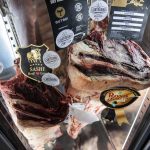
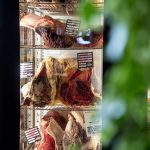
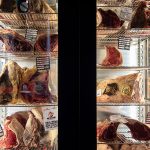
In dry aging (dry ageing) the meat is left to rest in cold rooms at a temperature between 0 and 4 degrees with 85-90% relative humidity and constant ventilation in order to 'dry' the meat in a controlled manner.
Temperature is a fundamental factor capable of completing or completely ruining the maturation process of the meat: too cold (-2 / -3 ° C) blocks the enzymatic processes while excessive temperatures (above 5 ° C) stimulate the activity of enzymes but also the growth of pathogenic microbes.
Same level of importance for humidity: too much favors the growth of bacteria, too little leads to excessive shrinkage of the tissues.
Wet aging (wet ageing) is a relatively recent technique according to which the cuts of meat after slaughter are vacuum sealed, therefore without oxygen, for a variable number of days (usually 4 to 10) and stored in cold rooms at a temperature of 4-5 ° C .
Both methods have benefits and costs: a research by Dr Jeff W. Savell, of Texas University ("Dry-Aging of Beef") points out how the process of dry aging contributes to the concentration of aromas and flavours, giving the meat extreme softness and pleasant, intense taste nuances. At the same time, the study reveals how this process contributes to a considerable loss in weight and volume of the meat, a phenomenon that leads to a higher cost for the retailer and explains the difficulty of finding these products on the large-scale retail market. The wet ageing entails a different maturation of the meat that leads to a softness similar to the one obtained with the dry aging process but with the advantage of not favouring weight loss.
The biggest difference between the two methods lies in the flavour: dry ageing leads to complex flavours and rich nuances of aromas (hazelnut for example) that cannot be found in vacuum-cured meat.
All this brings both good and bad news. Starting with the bad news, there is certainly the fact that dry ageing meat is a risky and certainly costly process, since special cold rooms are needed for avoiding the risk of ruining the meat or consuming it as a result of improper storage. The good news is that at Artigiano there is no shortage of equipment for dry ageing and it will soon be possible to enjoy matured meat for up to 120/150 days. A matter of time.
